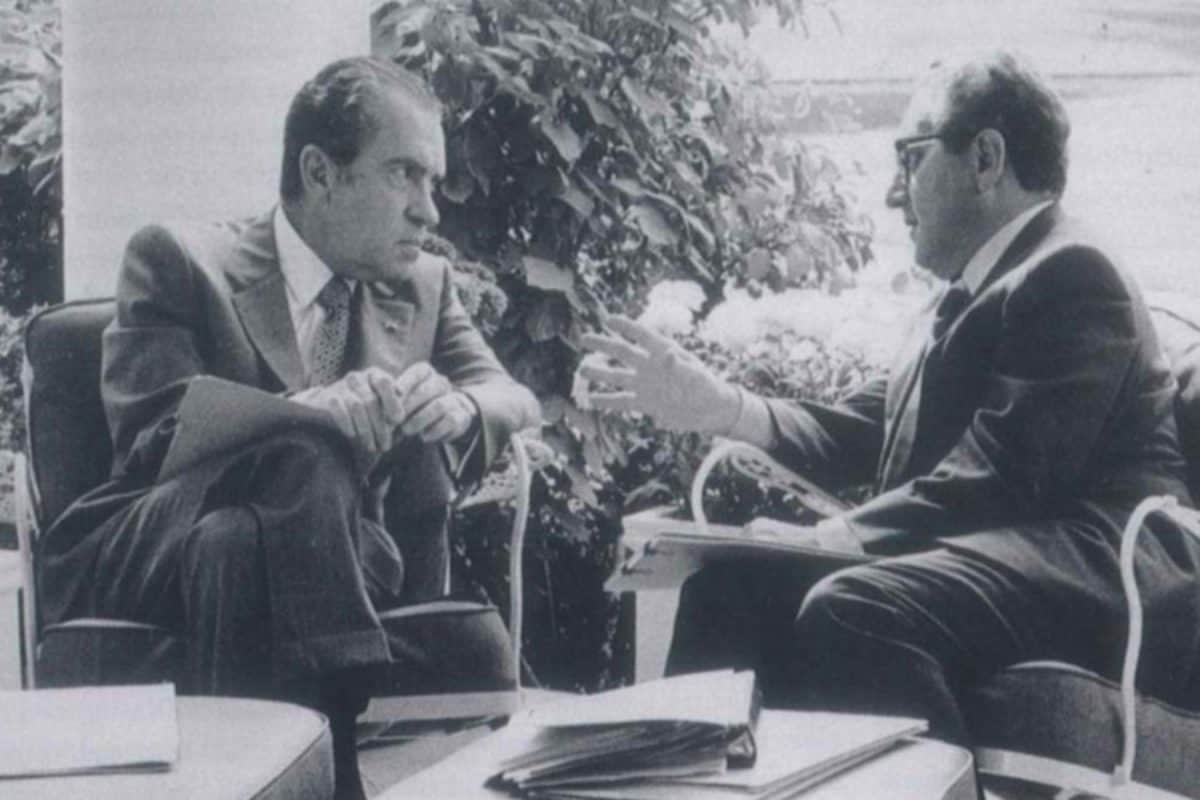

Amidst renewed scrutiny of international relations and trade policies under President Trump, a historical episode involving the United States and India has resurfaced: the deployment of the U.S. Navy's Task Force 74 to the Bay of Bengal during the 1971 Indo-Pakistani War. This event is being recalled in light of current tensions between the U.S. and India, particularly concerning India's continued import of Russian oil despite Western sanctions.
In 1971, the conflict between India and Pakistan was intensifying, rooted in the Bangladesh Liberation War. East Pakistan, now Bangladesh, sought independence from West Pakistan, leading to a brutal crackdown by the Pakistani military. India supported the liberation movement, providing assistance to the Mukti Bahini guerrillas. Millions of refugees fled into India, creating a humanitarian crisis and increasing pressure on India to intervene.
As India's involvement grew, the United States, under President Richard Nixon and Secretary of State Henry Kissinger, took a different stance. The U.S. administration had several strategic considerations. Pakistan was seen as a valuable diplomatic partner, particularly as it facilitated secret communications with China. The U.S. was wary of India's close ties with the Soviet Union, a key rival during the Cold War. Furthermore, Washington feared that a weakened Pakistan would embolden Soviet influence in the region.
To signal its support for Pakistan and, potentially, to deter India from further military action, the Nixon administration deployed Task Force 74, led by the aircraft carrier USS Enterprise, to the Bay of Bengal. This move was widely interpreted as a show of force and an attempt to intimidate India. However, this decision was controversial, even within the U.S. government, with many officials disagreeing with the pro-Pakistan stance.
The Soviet Union responded by dispatching its own naval forces to the Indian Ocean, including cruisers, destroyers, and a nuclear submarine, to counter the American presence. This created a tense standoff between the two superpowers in the region. The Soviet Union had assured India of its support, a commitment formalized in the Indo-Soviet Treaty of Friendship and Cooperation signed in August 1971. This backing deterred potential intervention from China, which was allied with Pakistan, on India's northern border.
Ultimately, the U.S. did not directly intervene in the war. India achieved a decisive victory, leading to the creation of Bangladesh. The deployment of Task Force 74, however, left a lasting mark on U.S.-India relations, contributing to a period of distrust and strain.
Now, in 2025, the historical context of 1971 is being invoked amidst new challenges in the U.S.-India relationship. President Trump has criticized India for its continued trade with Russia, threatening higher tariffs. This has led to comparisons with the Nixon administration's policies during the 1971 war. Some analysts suggest that the U.S. is again using economic pressure to influence India's foreign policy decisions.
India has responded assertively, defending its right to pursue an independent foreign policy and highlighting the continued trade between the U.S. and Russia. Some Indian voices have recalled the events of 1971, emphasizing India's resilience and its ability to withstand external pressure. The Indian Army has also weighed in, sharing a historical news report about U.S. arms shipments to Pakistan during the 1971 war.
The current situation underscores the complexities and historical baggage that continue to shape U.S.-India relations. While the two countries have developed closer ties in recent years, particularly in areas such as counterterrorism and Indo-Pacific security, disagreements over issues like trade with Russia and the legacy of past events remain points of contention. The resurgence of the 1971 narrative serves as a reminder of the need for both countries to navigate their relationship with a clear understanding of history and mutual strategic interests.